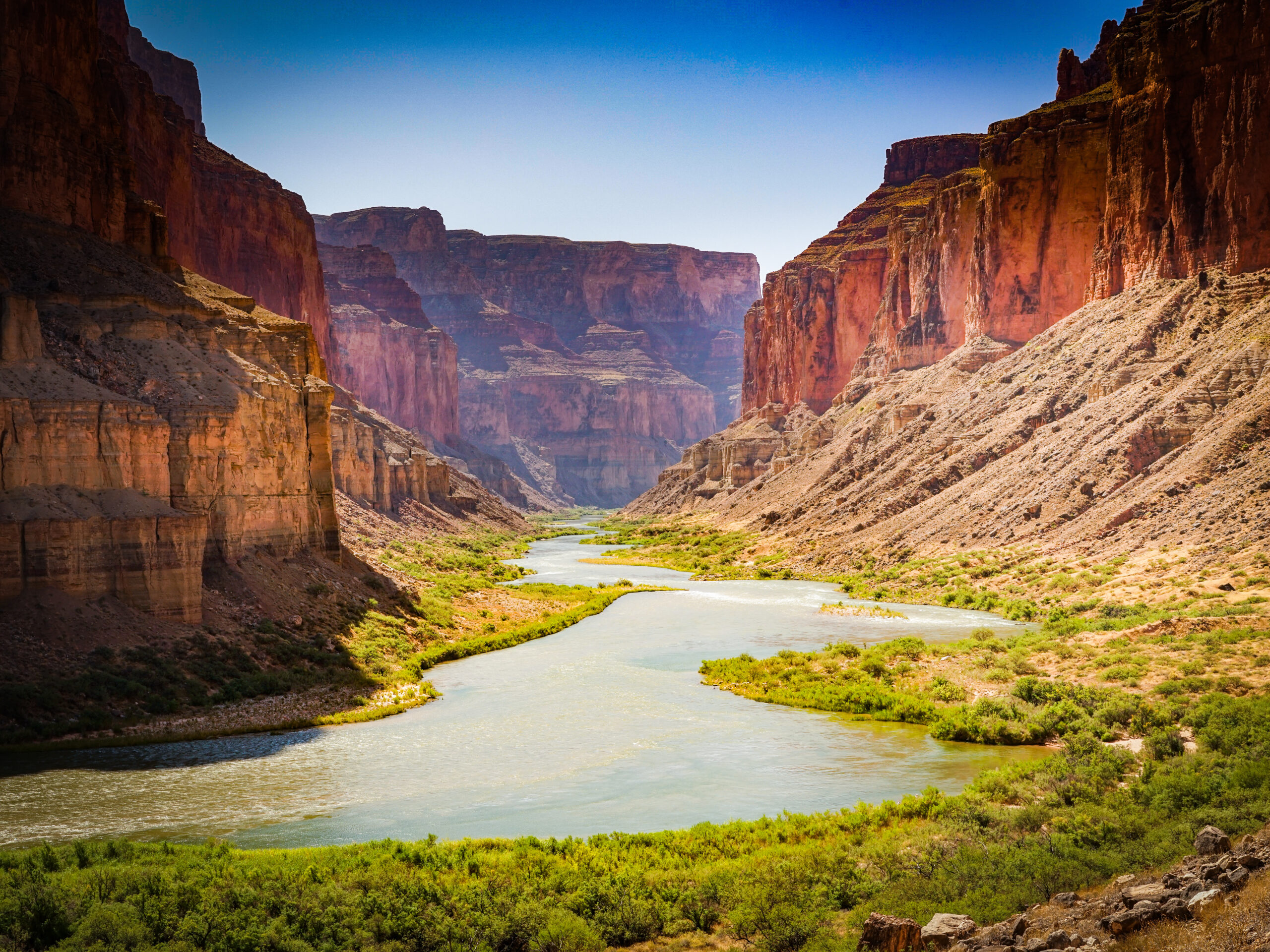The Playful Predator: Unveiling The Secrets Of The River Otter
The North American river otter, scientifically known as Lontra canadensis, is a captivating semi-aquatic mammal that embodies grace and agility in its watery domain. Often simply called the northern river otter or just river otter, this fascinating creature makes its home exclusively on the North American continent. Its range stretches across most of Canada, along the coasts of the United States, and deep into the continent's intricate network of inland waterways. This article invites you to embark on a journey of discovery, delving into the life, adaptations, and ecological significance of this remarkable river otter animal.
From its playful antics to its vital role in freshwater ecosystems, the river otter is much more than just an adorable face. Despite being the most abundant otter species, surprisingly little is known about its life in the wild, making every observation and piece of research invaluable. Join us as we explore the unique characteristics, behaviors, and conservation status of this charismatic member of the weasel family, shedding light on why the river otter animal is truly a marvel of nature.
Table of Contents
- Understanding the River Otter: A Family Affair
- Physical Attributes and Adaptations of the River Otter
- Habitat and Geographic Distribution of the North American River Otter
- Diet and Hunting Strategies of the River Otter
- Social Behavior and Playfulness of the River Otter
- Life History and Reproduction
- Conservation Challenges and Protection for the River Otter
- Fascinating Facts About the River Otter
Understanding the River Otter: A Family Affair
To truly appreciate the North American river otter, it’s essential to understand its place within the broader animal kingdom. The river otter, along with weasels, mink, badgers, and wolverines, belongs to the family Mustelidae, often referred to as the weasel family. Within this diverse family, otters form their own specialized subfamily, Lutrinae. This subfamily encompasses all 13 extant otter species, which are universally characterized by their semi-aquatic, aquatic, or marine lifestyles. Most authorities maintain that the subfamily Lutrinae has 13 species across 7 genera, showcasing a remarkable diversity adapted to various aquatic environments worldwide.
The North American river otter (Lontra canadensis) stands out as a unique representative of this group. It is, notably, the only river otter that is found north of Mexico, making it a distinctive icon of North American waterways. While there are 11 species often referred to as river otters found throughout North America, South America, Europe, Africa, and Asia, thriving in freshwater ecosystems, the Lontra canadensis is uniquely adapted to its specific North American habitats. It's also worth noting that while otters live on every continent except Australia and Antarctica, only two otter species—sea otters and North American river otters—can be found in North America. This distinction is important, as sea otters, unlike river otters, are primarily marine mammals that spend most of their lives in the ocean, often observed floating on their backs, a stark contrast to their freshwater cousins.
Physical Attributes and Adaptations of the River Otter
The North American river otter is a master of its aquatic environment, and its physical characteristics are perfectly tailored for life in and around water. This member of the mustelid family can be easily identified by its stout, streamlined body, short legs, and a noticeably tapered tail that is muscular and flattened, acting as a powerful rudder for propulsion and steering in the water. Their dense, short, glossy fur is not just beautiful; it's a critical adaptation for survival in cold water, providing excellent insulation. An adult North American river otter can weigh between 5.0 and 14 kg (11.0 and 30.9 lb), with a male river otter, by comparison, typically not exceeding 30 pounds. These dimensions allow them to be agile both on land and in water.
Beyond their general body shape, specific features highlight their predatory and aquatic prowess. Otters have small, rounded ears that can be closed underwater, preventing water from entering. Their long, sensitive whiskers are indispensable tools, helping them feel the vibrations of their prey even in murky waters or low light conditions. All otters have webbed feet, which are essential for propelling them through the water with incredible speed and grace. Most species also possess sharp claws, which aid in gripping slippery prey and digging burrows along riverbanks.
Their aquatic abilities are truly remarkable. Did you know that North American river otters can dive as deep as 60 feet? This incredible diving capability allows them to pursue fish and other aquatic animals far beneath the surface, demonstrating their exceptional hunting skills. Their sleek bodies and powerful tails enable them to navigate complex underwater environments with ease, making them formidable predators in their freshwater homes.
Fur: The Otter's Insulation Marvel
One of the most extraordinary adaptations of the river otter, and otters in general, is their fur. Unlike other marine mammals that rely on a thick layer of blubber to keep warm in cold water, river otters, like their sea otter relatives, depend almost entirely on their incredibly dense fur for insulation. This fur traps a layer of air against their skin, preventing heat loss to the cold water. While sea otters are renowned for having the densest fur of all animals, boasting an astonishing 600,000 to 1,000,000 hairs per square inch, river otters also possess an exceptionally thick coat, albeit slightly less dense. This luxurious, waterproof fur is vital for their survival, allowing them to thrive in chilly aquatic environments where other mammals might struggle.
Habitat and Geographic Distribution of the North American River Otter
The North American river otter (Lontra canadensis) is a semi-aquatic mammal that lives along its waterways and coasts, making its home in a wide variety of aquatic habitats. These include freshwater lakes, rivers, swamps, marshes, and even coastal marine areas like estuaries and bays. Their preferred habitats are typically characterized by an abundance of prey, dense riparian vegetation for cover, and suitable denning sites. These animals live in burrows, often repurposing abandoned burrows of other animals like beavers or muskrats, or creating their own in riverbanks, under root systems, or in rock crevices. These dens, known as "holts," provide shelter, a safe place for raising young, and protection from predators and harsh weather.
Historically, the North American river otter was one of the most widely distributed mammals in its native region of North America. Its original range spanned across the vast majority of the continent, from Alaska and Canada down to Florida and parts of the southwestern United States. However, in the last few decades, their original range has decreased significantly. This decline is mainly due to habitat destruction, particularly the degradation and fragmentation of wetlands and riparian zones, which are crucial for their survival. Unregulated hunting in the past also played a significant role in reducing their numbers and shrinking their distribution. Despite these challenges, conservation efforts have allowed some populations to rebound in certain areas, highlighting the importance of protecting their natural habitats.
Subspecies and Global Otter Diversity
Within the North American river otter species, there are seven recognized subspecies of the American river otter, each with slight variations in size and distribution across the continent. Beyond North America, the diversity of otters is truly global. As mentioned, otters are found on every continent except Australia and Antarctica, showcasing their incredible adaptability to various aquatic environments. The 11 species often referred to as river otters are found throughout North America, South America, Europe, Africa, and Asia, primarily inhabiting freshwater ecosystems that sustain an abundance of prey. This global presence underscores the success of the otter lineage in colonizing diverse aquatic niches around the world.
Diet and Hunting Strategies of the River Otter
As carnivorous mammals, river otters play a vital role as apex predators in their aquatic ecosystems. Most river otters are opportunistic, meaning they feed on whatever is most easily obtained and abundant in their habitat. Their diet is incredibly varied, reflecting their adaptability and keen hunting instincts. Common prey items include fish, which make up the bulk of their diet, as well as crayfish, crabs, mussels, and frogs. They are also known to consume small mammals, birds, and even insects when other food sources are scarce. By preying on fish and other aquatic animals, river otters play a critical role in regulating animal populations in their habitats, helping to maintain the delicate balance of the food web.
River otters are highly skilled hunters, employing a combination of speed, agility, and keen senses. Their webbed feet and powerful tails allow for rapid pursuit of fish underwater, while their sensitive whiskers detect the slightest movements and vibrations of prey, even in murky conditions. They often hunt cooperatively, especially in family groups, herding fish into confined areas to make captures easier. Their strong jaws and sharp teeth are perfectly adapted for crushing shells of crustaceans and holding onto slippery fish.
Winter Survival Tactics
The resourcefulness of the river otter animal is particularly evident during the harsh winter months. When lakes and rivers freeze over, river otters adapt by hunting under the ice in frozen lakes and rivers. This incredible feat is made possible by their ability to find or create air holes in the ice, allowing them to access the water and continue feeding even in harsh conditions. They might use existing cracks, open water near rapids, or even create their own breathing holes by repeatedly surfacing in the same spot. This remarkable adaptation ensures their survival when other predators might struggle to find food, highlighting their resilience and ingenuity in challenging environments.
Social Behavior and Playfulness of the River Otter
One of the most endearing and well-known characteristics of the river otter is its playful nature. These otters are frequently observed playing and sliding together, behaviors that seem to be engaged in for the sheer delight of it. The animal slides down mud and snow seemingly for the sheer delight of it, a behavior that has captivated observers for centuries. This playful behavior isn't just for fun; it also serves important purposes, such as strengthening social bonds within a group, honing hunting skills, and marking territory.
However, the social structure of otters can vary depending on the species. While some otter species, like the giant otter of South America, are highly social and live in large family groups, the North American river otter tends to be more territorial, especially adult males. Female river otters with young often form cohesive family units, but adult males may be more solitary or form small, loose bachelor groups. Social species play “games” that include chasing their tails, sliding into the water, and wrestling with other group members, demonstrating complex social interactions and a high degree of intelligence.
Regarding their activity patterns, most otter species are nocturnal, meaning they are most active during the night. However, there are exceptions, such as the sea and giant otters, which remain active during the day. The North American river otter often exhibits crepuscular behavior, being most active during dawn and dusk, though they can be seen at any time of day, particularly when food is abundant or during breeding seasons.
Life History and Reproduction
The life history of the North American river otter, while still holding some mysteries, follows a general pattern common to many mustelids. River otters typically reach sexual maturity around two to three years of age. Mating usually occurs in late winter or early spring. Female otters exhibit a phenomenon called delayed implantation, where the fertilized egg does not immediately implant in the uterus. This allows them to time the birth of their young to coincide with favorable environmental conditions, typically in early spring, when food is more abundant and temperatures are milder.
After a gestation period that can range from 60 to 63 days (after implantation), a litter of one to five pups, usually two or three, is born in a den. These dens are often well-hidden burrows, known as holts, which provide a safe and warm environment for the vulnerable newborns. The pups are born blind and helpless, relying entirely on their mother for care and nourishment. They are weaned after about three months, but remain with their mother for up to a year, learning essential survival skills such as hunting, swimming, and avoiding predators. This extended period of maternal care is crucial for the development of young otters, ensuring they are well-equipped to face the challenges of independent life in their complex aquatic habitats.
Conservation Challenges and Protection for the River Otter
Despite their adaptability and widespread distribution, the North American river otter faces significant conservation challenges. They suffer greatly from habitat loss and degradation, primarily due to human activities such as wetland drainage, riparian zone development, pollution of waterways, and urbanization. The destruction of their natural habitats directly impacts their ability to find food, shelter, and suitable breeding grounds. Furthermore, river otters are often captured for various reasons, historically for their valuable fur, and sometimes illegally for the pet trade, which further pressures their populations. While the river otter is protected in many regions across its range, ongoing vigilance and proactive conservation measures are crucial for its long-term survival.
Conservation efforts typically focus on habitat restoration, protecting existing wetlands and waterways, reducing pollution, and implementing strict regulations on hunting and trapping where populations are vulnerable. Reintroduction programs have also been successful in bringing otters back to areas where they had been extirpated, demonstrating the species' capacity for recovery when given the chance. Public awareness and education about the importance of clean water and healthy aquatic ecosystems are also vital components of otter conservation, as their presence is often an indicator of a thriving environment.
The Role of the River Otter in Ecosystems
The North American river otter is not just an endearing creature; it plays a critical role in regulating animal populations in its habitats. As a top predator, it helps to control fish populations, preventing overgrazing of aquatic vegetation and maintaining the health of the food web. Their presence can indicate a healthy aquatic ecosystem, as they require clean water and a stable food supply to thrive. This makes them an important "indicator species" – a species whose presence or absence, or population health, can reflect the overall health of their environment. Protecting the river otter means protecting the entire intricate web of life within our freshwater systems, ensuring biodiversity and ecological balance for future generations.
Fascinating Facts About the River Otter
Beyond their ecological importance and physical adaptations, there are many interesting facts about the river otter that highlight their unique charm and intelligence. This group of animals is notorious for being adorable, but they are so much more than looks! Here are a few more intriguing tidbits:
- The North American river otter is the most abundant otter species, yet surprisingly little is known about its life in the wild due to its elusive nature and vast habitats.
- Their playful sliding, whether down muddy banks or snowy slopes, is not just for fun; it's also believed to help them move efficiently, mark territory, and maintain their fur.
- Their ability to hold their breath for several minutes underwater allows for extended hunting dives, showcasing their incredible aquatic endurance.
- While often seen alone, river otters sometimes gather in groups, especially mothers with their young, or during periods of abundant food.
- Their vocalizations are diverse, ranging from chirps and whistles to growls and snarls, used for communication within their social structures.
These facts underscore the complexity and wonder of the river otter animal, a creature that continues to fascinate researchers and nature enthusiasts alike.
Conclusion
The North American river otter, a charismatic and vital component of freshwater ecosystems, is a testament to nature's ingenuity. From its unique physical adaptations, like its dense fur and webbed feet, to its playful yet efficient hunting strategies, every aspect of this semi-aquatic mammal is designed for survival and success in its watery world. Its role as an opportunistic predator helps maintain the delicate balance of aquatic populations, making it a crucial indicator of environmental health.
However, the future of the river otter animal is intrinsically linked to our actions. Facing threats from habitat loss and pollution, their continued existence relies on robust conservation efforts and a collective commitment to protecting our waterways. Understanding and appreciating this remarkable creature is the first step towards ensuring its playful slides and vital ecological contributions continue for generations to come. We encourage you to learn more about local conservation initiatives, support organizations dedicated to wildlife protection, and share this knowledge with others. By working together, we can safeguard the future of the North American river otter and the precious aquatic environments it calls home. What other fascinating facts about otters have you discovered?

1000+ Amazing River Photos · Pexels · Free Stock Photos

Download Nature River HD Wallpaper

Colorado River In The Grand Canyon – America's Most Endangered Rivers